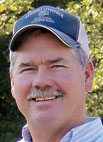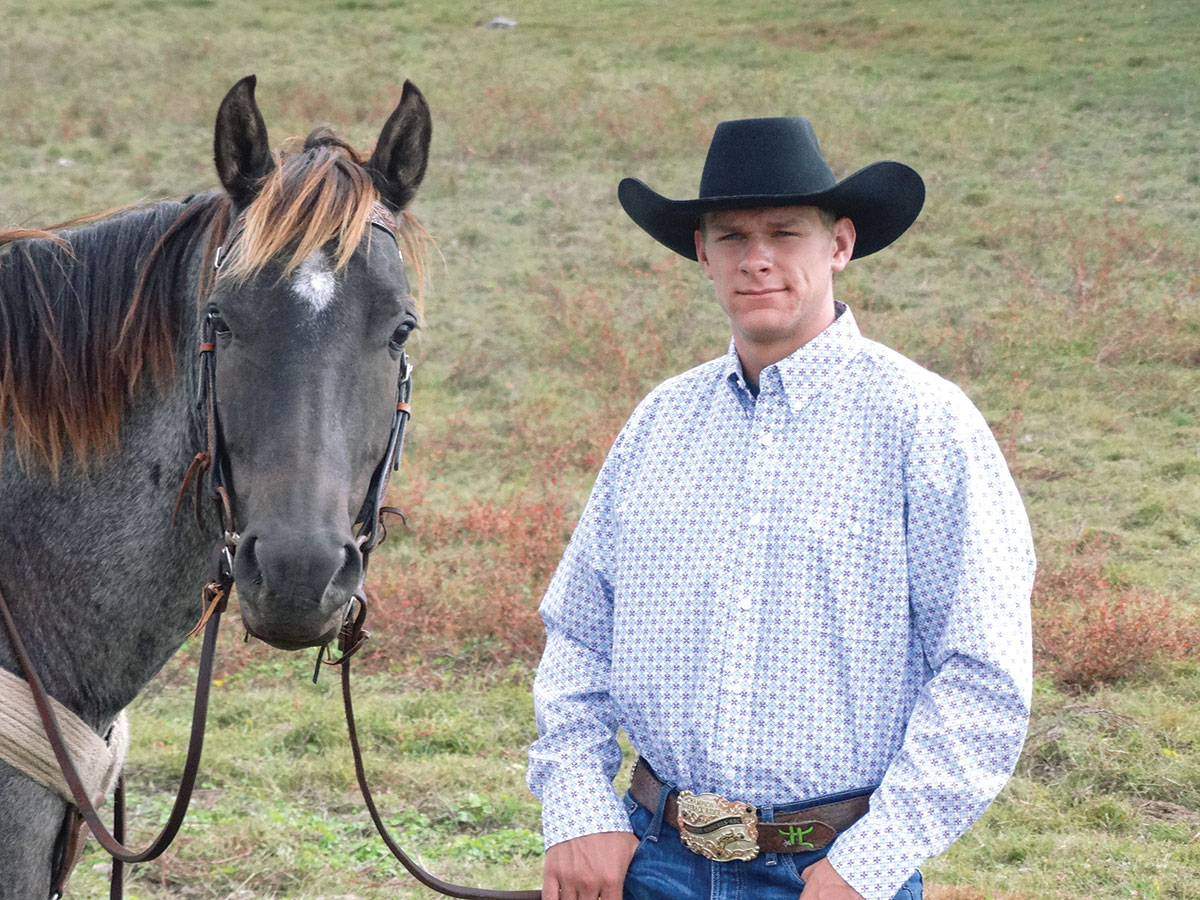
Jim and Diana Hale’s home faces a small Ozark mountain outside of Morrow, Ark., devoid of homesteads or even roads. The land directly in front of the house belongs to them and is pasture for the last of a dairy herd in transition to a commercial beef herd using a Black Angus bull. The couple owns 175 acres and rents an additional 160 acres for their 100 momma cows, three Simmons chicken houses and 150 acres of hay fields.
The Triple H Farm is a farm in transition. The couple had been milking Holsteins for 27 years and was planning on transitioning to commercial beef when the drought hit for the second year in a row. The couple decided this was the best time to make that transition rather than waiting it out with the higher costs necessary for working with the dairy herd. Jim said, “God was showing us he is still in control.” The long-term reason for the transition is that the couple was ready for a less tightly structured lifestyle than the one determined by a dairy herd, which they milked at 4:30 a.m. and 4:30 p.m., every day for those 27 years.
The couple started by working off the farm and developing their Holstein herd from an original set of 27 heifers and 10 cows. Ten years later the Hales built two chicken houses and in another 10 years built an additional chicken house while retrofitting the two older ones for tunnel ventilation. They raise broilers which are in the houses for seven weeks before being shipped out for processing. The houses are then empty for two weeks before the next batch of chicks arrive.
An important part of their chicken business is managing the litter according to NRCS guidelines. All of the litter produced by the chicken houses is used on the farm and is enough to keep the land healthy. Jim said, “You’ve got to put back what you take out, and the guidelines allow us to do that. Farmers have known how to take care of their land before the conservation people ever thought of it. It is our future and our daughter’s future. The goal is to take care of it with the highest productivity possible while still maintaining a healthy environment.” Jim cited an example of the appropriate amount of chicken litter fertilizer being critical for the health of the ponds his cattle depend on. Jim further explained that he believed the face of modern agriculture is one of improving efficiency through new technologies. He added, “There is always room for improvement, and you have to get better before you get bigger. I can’t type or use a fancy phone but our future is technology.”
Farmers have to be plumbers, electricians, and vets as well as animal and grass experts. Jim said, “To this day, if I need help or advice I still go to my dad first, especially if I am having trouble with a tractor.”







